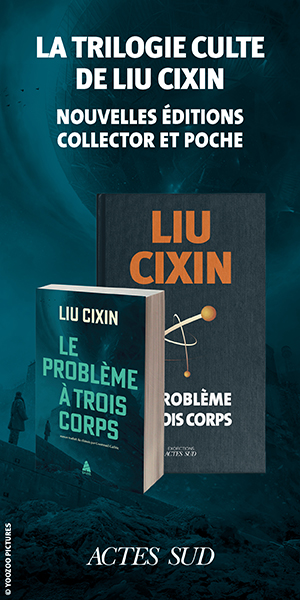Canonical Marriage Preparation in the Igbo Tradition in the Light of Canon 1063 of the 1983 Code of Canon Law
Extraits
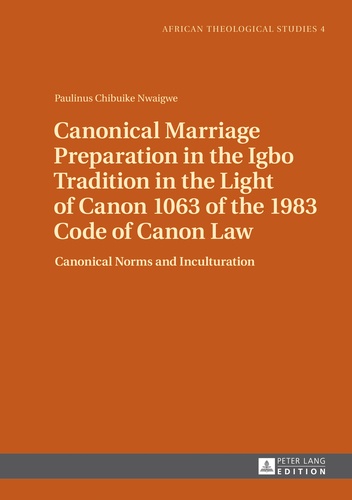
Religion
Canonical Marriage Preparation in the Igbo Tradition in the Light of Canon 1063 of the 1983 Code of Canon Law
12/2013
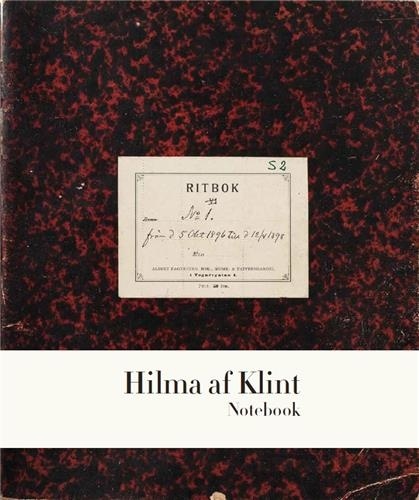
Monographies
Hilma af Klint. The Five Notebook 1
01/2022

Non classé
The Concept of Man in Igbo Myths
11/1999
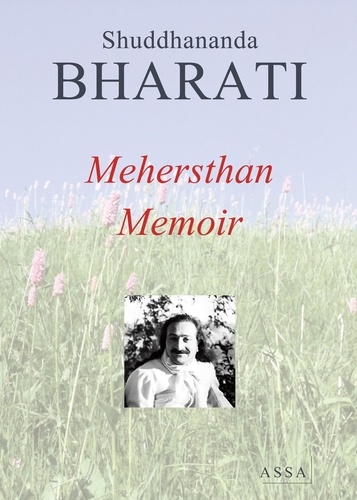
Littérature française
Mehersthan Memoir (Meher Baba)
07/2017

Philosophie
«Phädon», or «On the Immortality of the Soul»
12/2006

Droit
Activation Policies for the Unemployed, the Right to Work and the Duty to Work
06/1987

Histoire et Philosophiesophie
The Undergrowth of Science. Delusion, self-deception and human frailty
01/2000

Monographies
Venice. A Private Invitation
09/2022
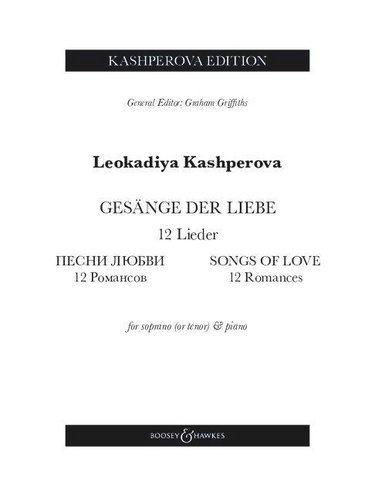
Musique classique
Songs of Love. 12 Romances. 12 Lieder. Soprano (tenor) and piano.
12/2023

Histoire et Philosophiesophie
Thinking about Physics
01/2000

Non classé
Brides on Sale
04/2015

Non classé
Experimental Social Dilemmas
12/1986

Tourisme étranger
Moroccan tracks Volume 11. The sagho djebel
08/2022
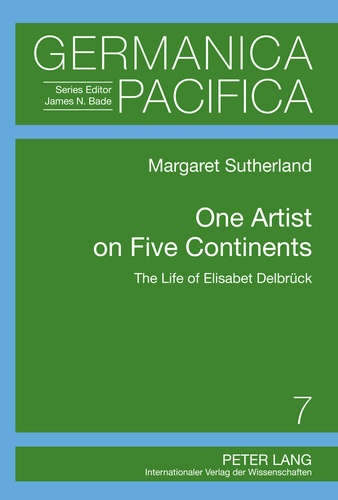
Histoire internationale
One Artist on Five Continents
12/2011

Littérature française
Les inventeurs. Essai
02/2017

Sciences politiques
The Structure of Political Communication in the United Kingdom, the United States and the Federal Republic of Germany
11/1987
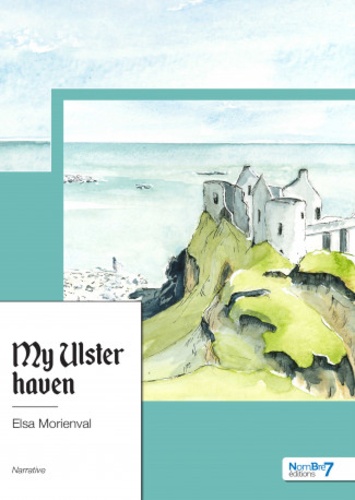
Littérature française
My Ulster haven
02/2022
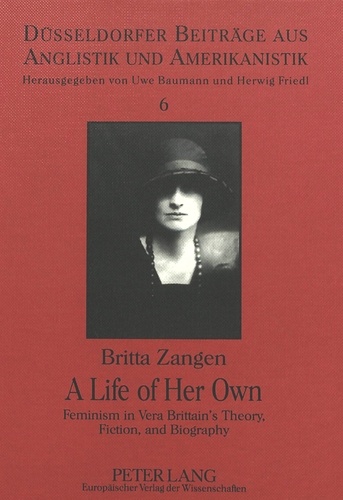
Non classé
A Life of Her Own
11/1996

Anglais apprentissage
THE CANTERBURY TALES. Avec cassette audio
06/1999
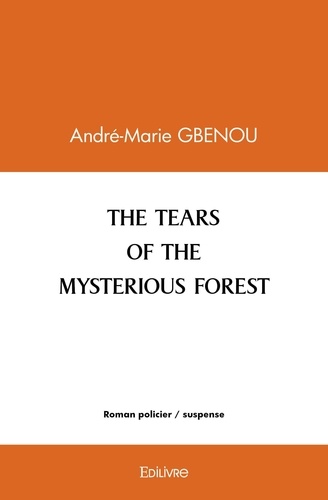
Romans policiers
The tears of the mysterious forest
12/2021

Histoire internationale
After The Last Ship
04/2014

Mouvements artistiques
The Artist Helen Coombe (1864–1937). The Tragedy of Roger Fry's Wife
11/2023

Anglais apprentissage
Tales from Longpuddle
07/2010
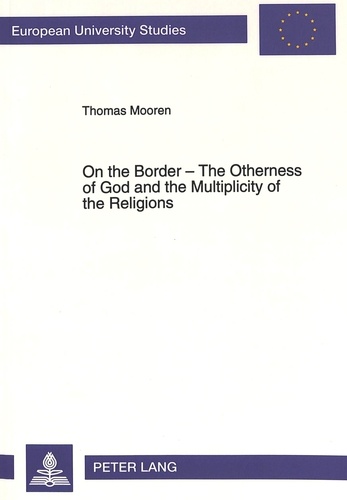
Histoire internationale
On the Border - The Otherness of God and the Multiplicity of the Religions
01/1994
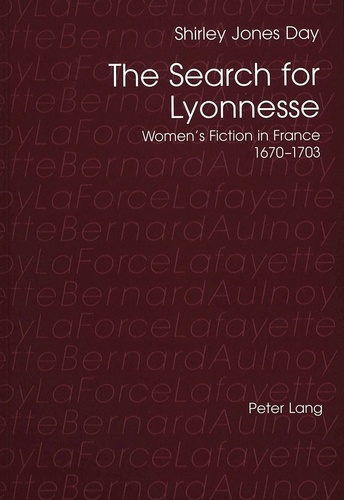
Non classé
The Search for Lyonnesse
07/1999
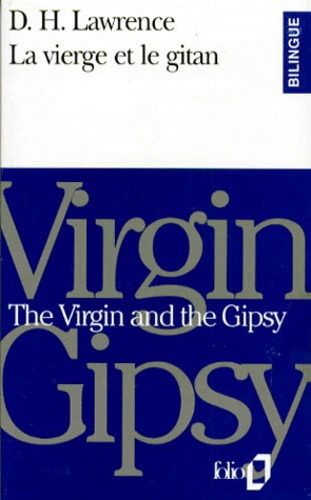
Anglais apprentissage
LA VIERGE ET LE GITAN : THE VIRGIN AND THE GIPSY
02/1993
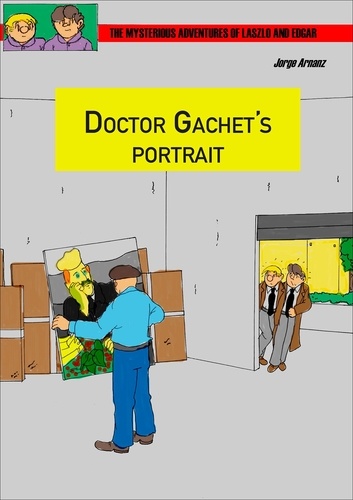
BD tout public
Doctor Gachet's portrait
01/2014
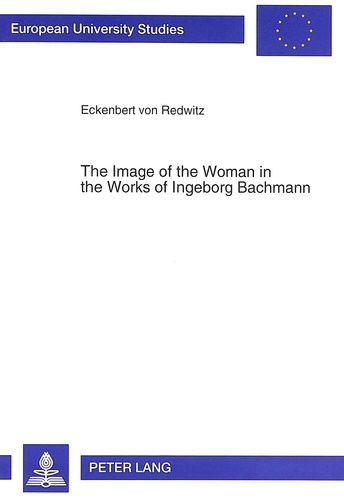
Non classé
The Image of the Woman in the Works of Ingeborg Bachmann
09/1993

Anglais apprentissage
A multitude of Sins. Richard Ford
11/2007

Littérature française
Handicapped
10/2020


